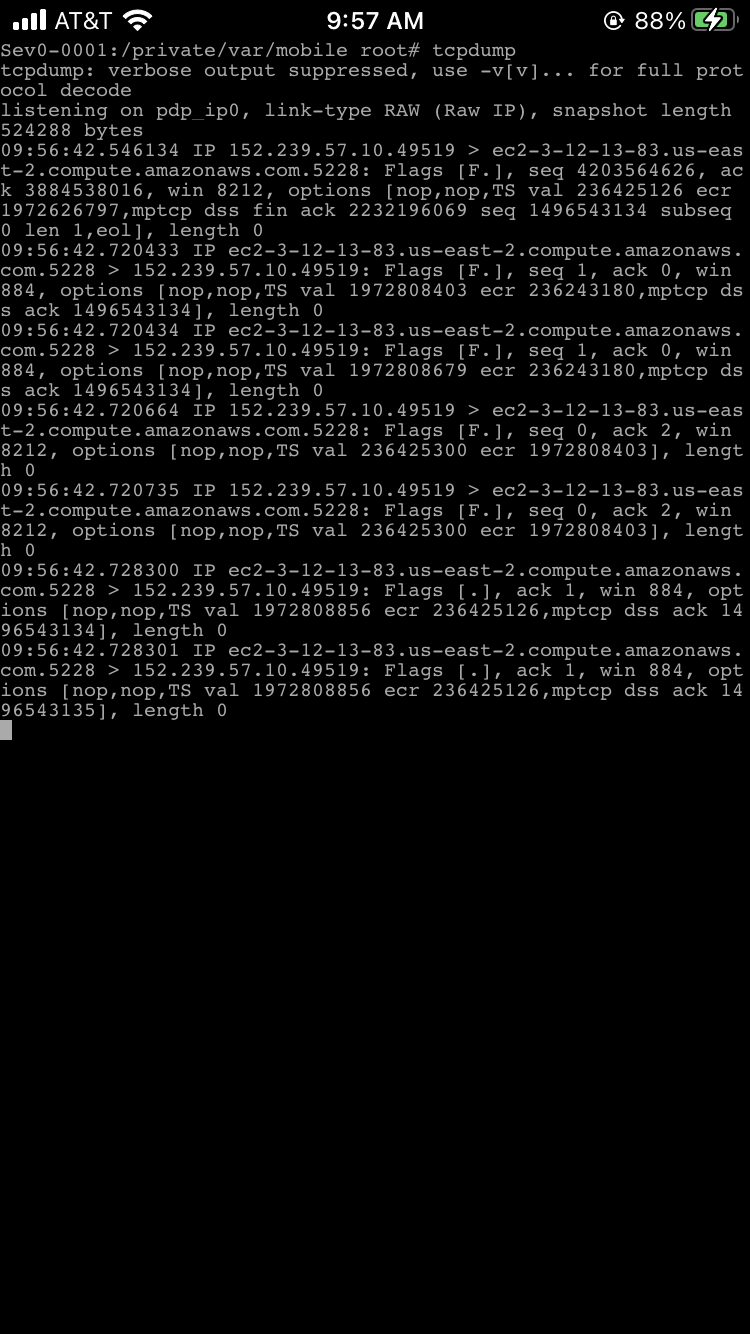Mobile applications have become an essential part of modern life, providing convenience and efficiency. However, with the rise in mobile app usage, cyber threats targeting these platforms have also increased. The OWASP Mobile Top 10 highlights the most critical security risks affecting mobile applications today. Understanding these threats is crucial for developers and organizations aiming to safeguard user data and maintain trust.
Below we will dive in and explain the findings we discover during testing and common ways to remediate these vulnerabilities.
1. Unsafe Credential Management
One of the most common security flaws we discover is related to poor credential management, where user authentication details are stored insecurely or embedded directly within the app’s code. If an attacker decompiles the app, they can extract hardcoded API keys, passwords, or other sensitive credentials. This can lead to unauthorized access and serious data breaches.
How to Fix It:
- Never hardcode sensitive credentials in mobile applications.
- Use secure storage solutions like iOS Keychain or Android Keystore.
- Apply encryption techniques to protect authentication details.
2. Weak Supply Chain Security
Mobile apps often rely on third-party libraries and frameworks, which, if unvetted, can introduce vulnerabilities. Attackers can exploit insecure dependencies to inject malicious code or compromise an app’s integrity.
How to Fix It:
- Regularly audit and update third-party libraries.
- Use only reputable, well-maintained dependencies.
- Implement security controls like software composition analysis (SCA) to detect vulnerabilities in supply chain components.
3. Poor Authentication & Authorization
Weak authentication and authorization mechanisms leave mobile apps open to attacks. Common issues include weak password policies, improper session handling, and failure to enforce multi-factor authentication (MFA).
How to Fix It:
- Implement strong password policies and enforce MFA where possible.
- Use secure session management techniques (e.g., automatic session expiration).
- Apply role-based access control (RBAC) to limit user permissions.
4. Lack of Input Validation
Failure to properly validate and sanitize user input can expose an app to injection attacks, such as SQL injection, command injection, and data manipulation.
How to Fix It:
- Use strict input validation to filter and sanitize data.
- Apply parameterized queries to prevent SQL injection.
- Encode user-generated content before rendering it in the UI.
5. Insecure Data Transmission
Transmitting sensitive data over unprotected networks exposes users to eavesdropping and man-in-the-middle (MITM) attacks. Many security breaches occur because apps fail to encrypt data properly during transmission.
How to Fix It:
- Always use TLS encryption for data transmission.
- Validate SSL/TLS certificates to prevent MITM attacks.
- Avoid transmitting sensitive data over insecure channels like HTTP.
6. Poor Privacy Controls
Many apps collect excessive user data without proper consent or security measures. This increases the risk of data exposure and regulatory violations under laws like GDPR and CCPA.
How to Fix It:
- Minimize data collection and obtain explicit user consent.
- Store sensitive data securely using encryption.
- Keep privacy policies up to date with the latest regulations.
7. Weak Code Protection
If mobile apps lack obfuscation and tamper detection, attackers can reverse-engineer them to extract sensitive information or inject malicious code.
How to Fix It:
- Use code obfuscation to make reverse engineering difficult.
- Implement integrity checks to detect unauthorized modifications.
- Apply tamper detection mechanisms to alert developers of changes.
8. Security Misconfigurations
Misconfigured security settings—such as exposed debugging tools, improper permissions, or weak encryption settings—can create exploitable weaknesses.
How to Fix It:
- Disable debugging and remove unnecessary permissions before release.
- Apply the principle of least privilege (PoLP) to restrict access.
- Regularly review security settings to ensure compliance with best practices.
9. Poor Data Storage Security
Many apps store sensitive information (such as authentication tokens, payment details, or personal data) insecurely, making them easy targets for local attacks.
How to Fix It:
- Avoid storing sensitive data on the device whenever possible.
- Use encrypted storage solutions like Secure Enclave (iOS) or Android Keystore.
- Implement access controls to restrict unauthorized access.
10. Weak Encryption Practices
Using outdated or weak cryptographic algorithms can put user data at risk. Encryption is only effective if it’s implemented correctly with secure algorithms.
How to Fix It:
- Use modern encryption standards like AES-256 and SHA-256 for hashing.
- Avoid custom encryption algorithms; instead, rely on trusted cryptographic libraries.
- Regularly update encryption mechanisms to address new vulnerabilities.
Conclusion
As mobile threats continue to evolve, developers and security teams must remain vigilant in implementing strong security practices. Addressing the vulnerabilities outlined in the OWASP Mobile Top 10 will help protect applications from cyber threats and ensure a secure experience for users.
By prioritizing secure coding, proper encryption, strong authentication, and privacy protection, businesses can reduce security risks and build trust with their customers.
If you’re concerned about your mobile app’s security, conducting regular security audits and penetration testing is essential. Stay proactive and ensure your app remains protected against emerging threats in 2024 and beyond, contact us today.






